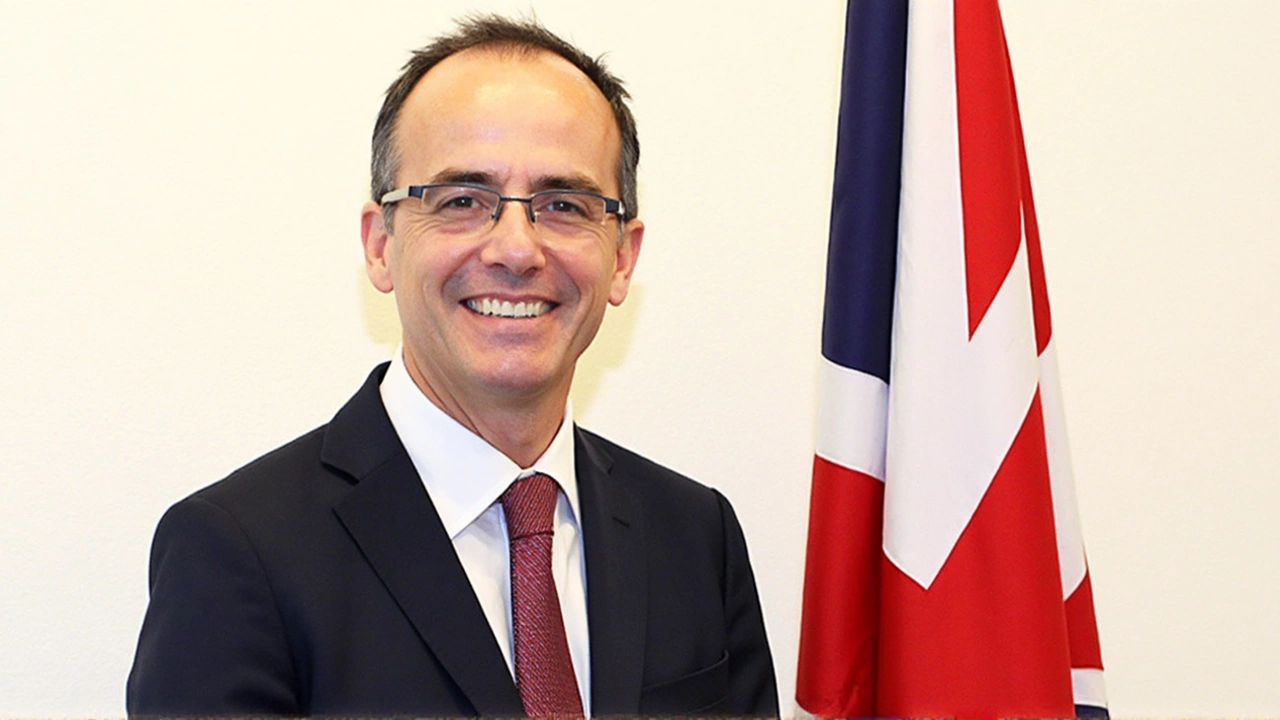From Paper to Pixels: How HMRC Evolved
The idea of handling your taxes on a phone used to sound like science fiction. In 2005, the year HMRC was created, digital tax filing was just getting off the ground in the UK. Most people still sat down at the kitchen table with stacks of paper forms, pens running out mid-way through and envelopes ready for the post. Fast-forward twenty years: Self Assessment can be completed on an app, families tap digital tools for child benefits, and paper is being phased out everywhere.
Exchequer Secretary James Murray recently used HMRC’s 20th birthday as a moment to reflect on this journey and lay down a fresh vision for the future. He pointed out that when HMRC was born, there were no mobile banking apps. The idea of scanning a fingerprint or using facial recognition to access tax details was pure fantasy. Now, his speech made it clear—there’s no turning back from digital, only pushing further ahead.
Digital Ambitions: What’s Next for HMRC?
The next big move on HMRC's radar is its Transformation Roadmap, scheduled for public release in 2025, after the second phase of the government’s Spending Review. This document promises to tie together years of upgrades, experiments, and policy changes into a single direction. Murray says it’s about making life easier—whether you’re a business owner trading overseas or an individual filing taxes on your lunch break.
One of the most attention-grabbing pilots right now is the digital collaboration between HMRC and the U.S. Customs and Border Protection. Both countries move over £115 billion in goods back and forth each year. The pilot program is setting out to test how sharing data in real time, using digital certificates, and introducing online business identifiers can speed up the flow of goods. Less paperwork at borders and faster clearances could mean a much smoother ride for thousands of UK businesses used to jumping through regulatory hoops every day.
Security isn't taking a back seat. A new trial will let taxpayers prove their identity by voice—a system already making its way into some major banks. It’s a big leap from passwords and paper ID checks, aiming to slash fraud and simplify customer service. All of this, Murray says, is about building trust in the digital age while giving people tools that save them both time and stress.
The transition hasn’t happened overnight, and Murray admits there’s always more to do. New problems pop up as technology changes—what felt modern five years ago now seems old-hat. But the digital transformation of HMRC is set to keep evolving, blending the lessons of two decades into user-friendly, secure systems for years to come. People can forget about lost forms and endless phone queues; the tax office is moving into the future, one app update at a time.

Arlen Fitzpatrick
My name is Arlen Fitzpatrick, and I am a sports enthusiast with a passion for soccer. I have spent years studying the intricacies of the game, both as a player and a coach. My expertise in sports has allowed me to analyze matches and predict outcomes with great accuracy. As a writer, I enjoy sharing my knowledge and love for soccer with others, providing insights and engaging stories about the beautiful game. My ultimate goal is to inspire and educate soccer fans, helping them to deepen their understanding and appreciation for the sport.
view all postsWrite a comment